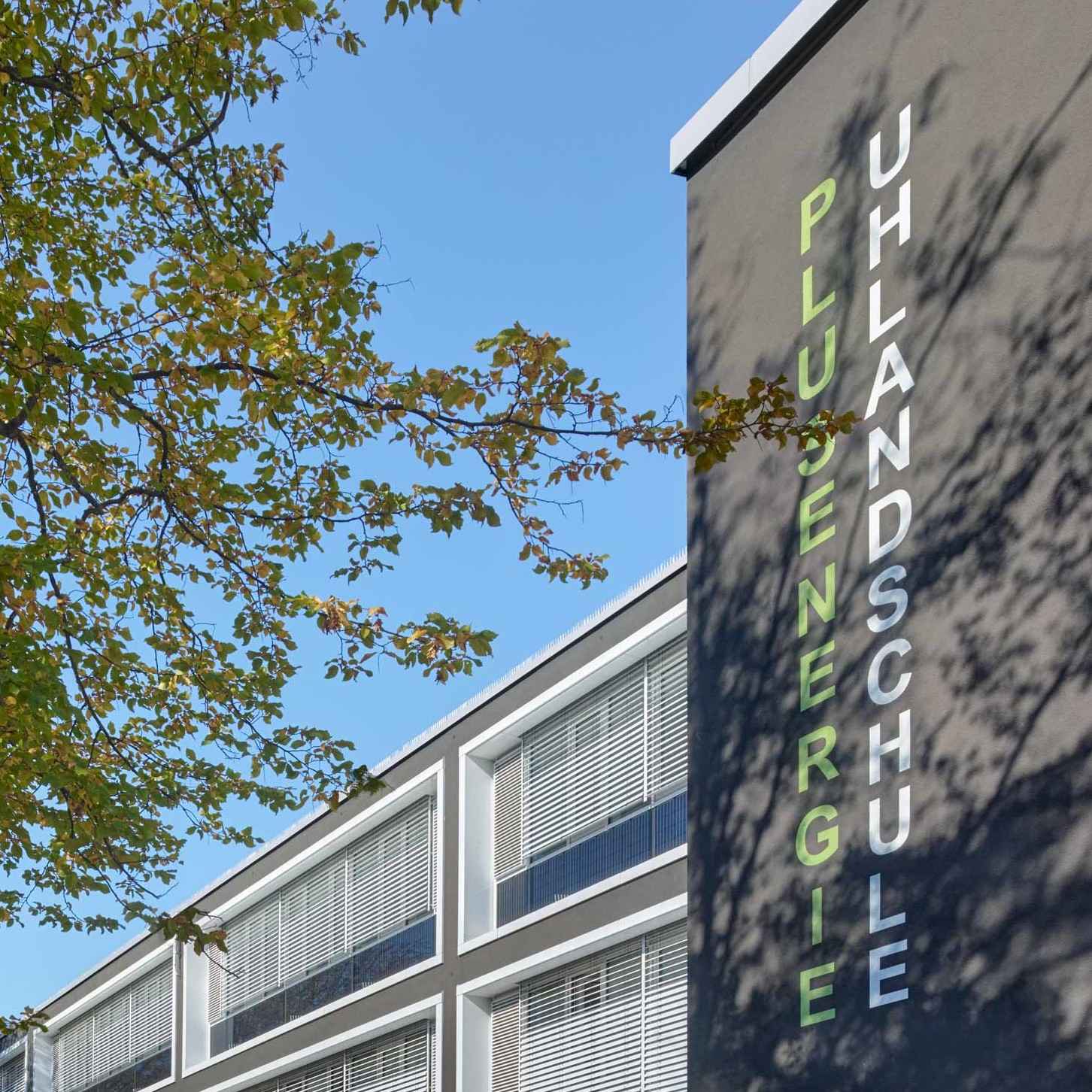Stuttgart PlusEnergy program - consume less energy, produce more
Energy
Living
The state capital Stuttgart promotes the construction of new energy-plus buildings and the refurbishment of existing buildings to the energy level with a new funding program: the Stuttgart PlusEnergy Program.
What exactly is a PlusEnergy building?
A building achieves a plus-energy level if it generates more energy from renewable sources over the course of the year than is consumed in the building itself. In other words, the building must achieve a positive primary energy and CO2 balance. To meet this criterion, the building's energy consumption should be as low as possible. At the same time, renewable energies are used to produce a surplus. The electricity production is usually done by a photovoltaic system. To efficiently generate heat, the use of heat pumps is suitable. If the building has also been renovated in a climate-friendly way, unnecessary energy consumption is avoided. "With the Plusenergiestandard, a building achieves the grade 1, so to speak, in energy and climate protection" explains Peter Pätzold, Mayor for Urban Development, Housing and the Environment. "We want to provide financial support to all Stuttgart building owners who want to implement this exemplary measure."
Who does the funding program apply to?
Private individuals, owners' associations, legal entities and associations are eligible for funding. The program's subsidies are also suitable for investments by the state capital Stuttgart, the state or the federal government.
What are the subsidy rates?
The subsidy amounts to 50 euros per m² of net floor area for residential and non-residential buildings. For single-family and two-family houses, a maximum of 6,000 euros per housing unit is subsidized. For residential buildings with more than two residential units, a maximum of 3,750 euros per unit. A total of up to 200,000 euros can be subsidized per application. The subsidy can be combined with other subsidy programs of the state capital.
What are the advantages of a PlusEnergy building?
If you invest in a sustainable energy supply now, you will save money on expensive electricity and gas prices in the long term. The City of Stuttgart's subsidy programs reduce your own expenses when you convert. If a building generates more energy than it consumes, the surplus electricity can be sold and fed into the grid.
Is there a lighthouse project?
The Uhland School in Stuttgart-Rot is a current showcase model in terms of sustainable energy supply. The school is now not only energy-neutral, it even produces a surplus of energy. Energy savings and the large photovoltaic system make the difference: the bottom line is an electricity surplus of 11,000 kilowatt hours per year. This is fed into the public power grid. That is three times as much electricity as a household with four people consumes in a year. The Uhland School is the first school in Europe to be renovated to plus-energy level.
Contact:
Phone: 0711/216-88088
E-mail address: energiekonzept@stuttgart.de

